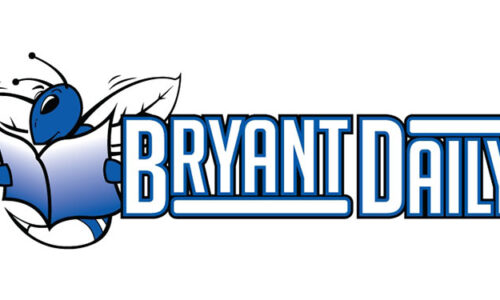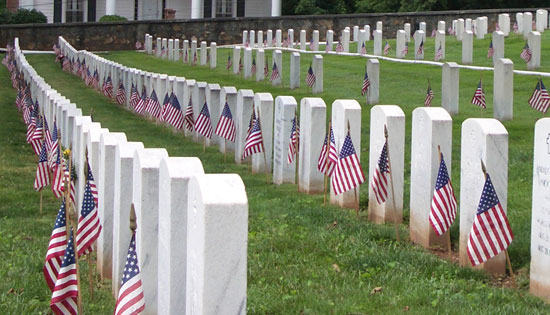By Martin Couch
Bryant Middle School has been[more] honored to have the services of Ron Hubbard for nearly 28 years. Because of his dedication to teaching innovations in the ever-changing technology age, students at Bryant have tuned in on their creativity and problem-solving abilities.
“I came here as a shop teacher,” Hubbard said. “Twenty years ago we wrote a curriculum for a technology class and today it is substantially different to what we wrote. Seventeen years ago, students didn’t have cell phones or computers at home.”
Grants written by Hubbard and his fellow teachers got Bryant’s technology class computers that used basic DOS programs.
“We had really cutting-edge technology programs and we were proud of it, but we’ve had to evolve it as technology has gotten cheaper,” Hubbard said. “Now the students carry around as much technology in their pockets as I have in the classroom.”
The 25 technology classes in Arkansas schools that existed a year ago are being converted today to engineering technology.
“We had to change our focus to let them look at technology from the engineering standpoint,” Hubbard said. “It’s changed from modular activities to electronics or flight simulation. A module setting is where two people work on a project themselves. We are now going to a classroom set up where everyone works on the same basic things at the same time.”
In the class, students study electronics theory and electrical power. They build an actual electric component with a small electric motor.
“They build all the parts to it,” Hubbard said. “We have design briefs where we ask them to develop a graphic art design and build it.”
And there are statewide competitions for these types of designs. In Fayetteville last December, Hubbard took a team of 20 Bryant Middle School students to compete with over 400 others from Missouri, Oklahoma, Texas and Arkansas.
Austin Masters won first place in the graphics art contest and everyone entering the competition next year will receive a t-shirt with his design on it.
Among other things, the students in Hubbard’s class also learn the art of technical writing.
“We focus on technical writing, drawing and sketching,” Hubbard said. “We teach CAD to draw with, but I also like to teach basic drawing skills so they can freehand sketches too.”
One such example is to draw a three-dimensional view of a project that the students are working on.
“It has been a huge transition,” Hubbard said. “I truly loved teaching shop and had some really talented kids who built some nice stuff and I am extremely proud of it, but our society today deems engineering technology much more important than the hands-on activities.
“I can already see the effects of not having industrial arts in the schools,” he continued. “A lot of students don’t have the skills to change out a doorknob. I still get visits from old students from my teaching career that is in the construction business. That has been a fulfilling role and reward in my career and I don’t plan on quitting anytime soon. I like what I am doing and I want to see the transfer from technology to the engineering and see it through.”
Bryant has always had shop offered at the middle school and Hubbard, back in his early days, started teaching the high school version of the class. Later on, as the technology changed it moved to the middle school level.
“That was probably a good decision, because mathematically the students are much more talented now than they were 10 years ago,” Hubbard said. “There is a visible difference in their abilities. In teaching engineering concepts, math is paramount in our cross-curriculum than anything else. We use formulas all the time.”
Hubbard’s class will participate in a competition to build barges at the University of Arkansas at Little Rock where the students build a barge on sight and determine its volume by adding pennies in for weight.
Another of the more favored activities that students enjoy is building CO2 powered cars that can travel 60 feet in three-quarters of a second.
“They will build them here and compete around spring break,” Hubbard said. “They put an air-gun cartridge in the back of the cars and fire it off. It teaches them aerodynamics, tolerance and friction. They build it from specifications in metric measurements. They learn to draw the design and construct them.”
Technical writing is incorporated into the design of fixtures and how it is supposed to be done. Afterwards, the students learn quality control of how well their project works, then evaluation skills to design better concepts.
“We teach them skills to be successful in whatever they do in life,” Hubbard said. “They learn to evaluate themselves.”
The technology engineering class is an elective and Hubbard has nearly 300 students a year.
“Some of them are surprised that there is so much reading, writing and arithmetic involved,” Hubbard said. “It’s not always fun, but they understand what they have to do to be chosen to go to the competitions.”
At the end of the semester, it is an honor for a student to be selected to build a remote control model airplane for the class.
“They have to be able to read technical drawings and have the manual dexterity to build it,” Hubbard said. “We don’t teach a skill, but we brush across a lot of things of their core curriculum, like science, English, math and history. One of the things I have noticed was that students who are exposed to this and enjoy it, it gives them more of a direction.
“I love the kids,” he added. “There are other things I could do, but you meet so many different personalities.”


